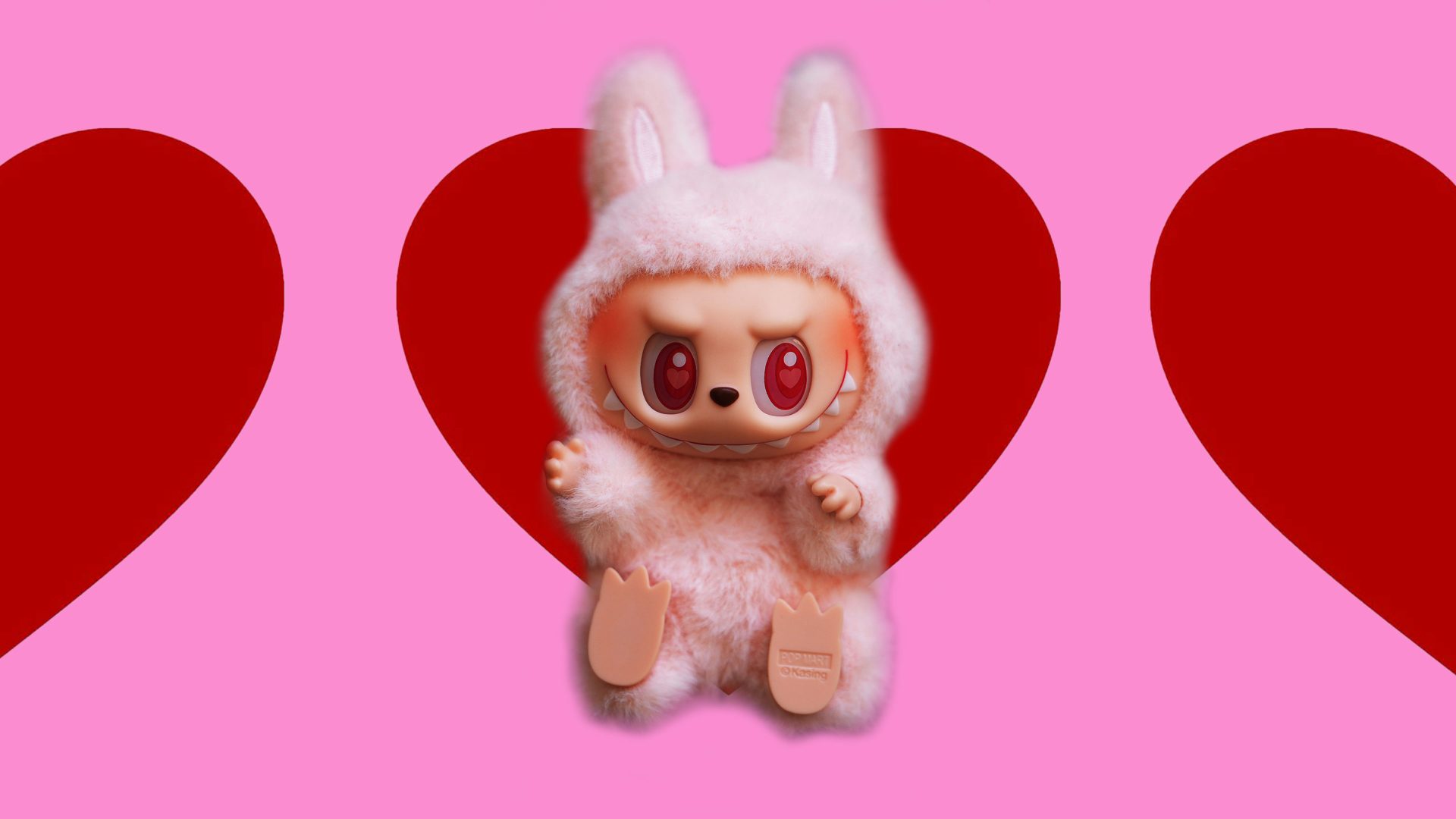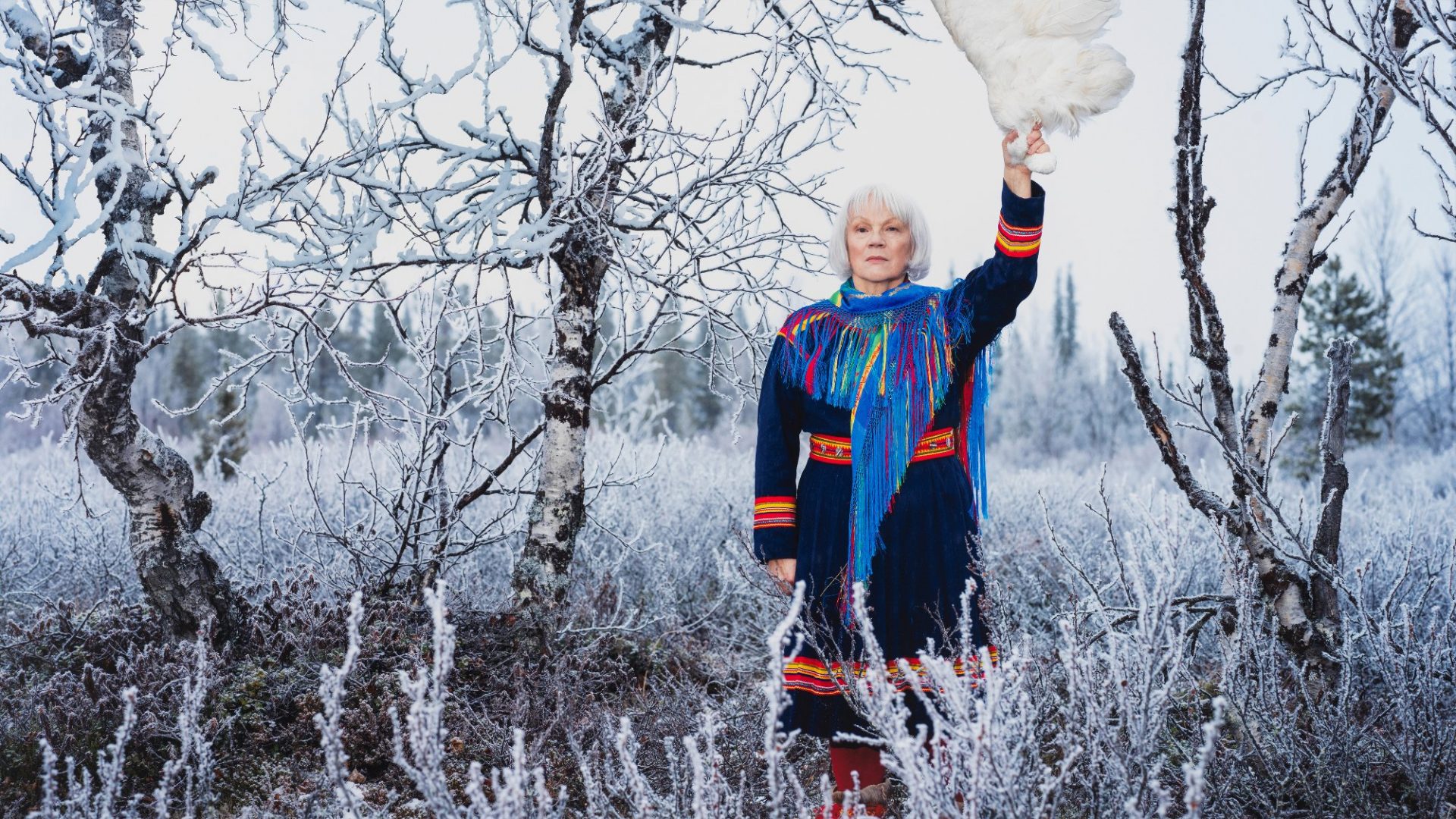It’s hard to recover from a blackface scandal. Even harder, perhaps, when you’re an inanimate object – the vessel for racism, not the perpetrator.
Such was the hand dealt to Labubu, this year’s hottest collectable, after a TikToker flaunted “the world’s first KSI Labubu”. This turned out to be not an official tribute to the influencer, but a bog-standard doll painted jet black and wrapped in a headscarf.
Until then, @lilzbullzofficial had racked up millions of views through Labubu trolling, claiming to own one-of-a-kind dolls made of 24-karat gold, holy water, even an invisible edition. To be fair, even post-blackface, she’s still pulling millions. The allure of the Labubu is, apparently, a great dead cat strategy.
This is only one bizarre entry in an already chaotic news cycle for the Chinese-made doll. In the past year, Labubu has gone from a niche plastic gremlin to a worldwide phenomenon, bringing a sea of confusion, controversies and crime in their wake.
They’re now so popular that Chinese authorities are intercepting shipments of fakes riddled with toxic chemicals and choking hazards. Fights have broken out in UK Pop Mart stores, forcing the brand to pull them from British shelves.
A gang of thieves recently pulled off the first Labubu heist, stealing $7,000 worth of dolls from a store in Los Angeles. The Labubu craze has punched through the ceiling of the online hype machine and is now verging on mass hysteria.
Even if you haven’t actively sought out a Labubu to call your own, there’s a good chance that you’ve seen them. They’re dangling from the rucksacks of every teenager, adorning Birkins and Louis Vuitton bags at fashion weeks worldwide, being turned into novelty Dubai chocolate treats by entrepreneurial coffee shops, and used to signal IYKYK (“if you know, you know”) clout just about everywhere.
Loved by celebrities, accessible for normies, these £17.50 plastic monsters are 2025’s biggest breakout story. They are brat summer, but swapping hedonism for hive-mind capitalism.
In June, a life-size Labubu sold for more than $150,000 at a Chinese auction house. By July, Pop Mart’s profits had more than tripled, with a stock market value of $40 billion.
All of this, of course, begs the question: why? What is it about these kind of ugly, kind of cute toys that makes them so desirable, not only for their traditional target market of children, but also for tastemakers and trend-junkies?
It helps that they’ve been adopted by celebrities, from Rihanna and Dua Lipa to Blackpink’s Lisa. And it’s no coincidence that the Labubu spike hit in the aftermath of the 2023-2024 frenzy around Sonny Angel, another similarly innocuous collectable from Japan.
Those naked plastic cherubs spearheaded a wave of childlike trinket trends within the fashion crowd, inspiring brands to incorporate toys into their marketing and sometimes even collections. Kids flaunted their collections online and arranged meet-ups to trade their dolls – all part of a Gen Z’s desire to return to childhood, as The Face surmised last year.
But Labubus are different. They’ve broken the threshold of terminally online status symbols and become a widespread cultural phenomenon, flogged at every tourist trap in central London, embraced by the kind of people who probably don’t know or care about Marc Jacobs’ penchant for coordinating his Labubus with his nail art. What we’re seeing here is a good ol’ fashioned fad – the kind that led to casualties when Pokémon Go dropped in 2016, or convinced everyone that Beanie Babies were a sound investment in the early oughts.
Suggested Reading

Toilet humour goes to Hollywood
Enter fad marketing lesson number one: create a “scarcity mindset”. Pokémon Go did this by turning the “collect ‘em all” concept into an AR game, whereby the only way to get rare Pokémon in-game was to go outside and find them.
Beanie Babies capitalised on limited-edition designs released in small batches at speciality stores, ramping up value on the resale market and making a rare Beanie a coveted status symbol. Labubus, like Sonny Angel, instead use “blind box” packaging, meaning you don’t know what you’ve actually bought until you open it – a chocolate wrapper hiding a golden ticket. There’s no way to know if you’re purchasing an ultra-rare Labubu, unless you’re willing to drop hundreds for one already unboxed on the online marketplace StockX.
The uncertainty of the purchase is part of the thrill, almost like buying a lottery ticket. But it also ties into a broader cultural shift that’s generated hundreds of think pieces in the past few months: young people’s quest for originality in an era of algorithmically engineered trends.
Labubu’s primary role for buyers is as a bag charm, the latest vehicle for self-expression in a monolithic trend cycle. Hanging an eclectic array of keychains off your bag – whether a Miu Miu tote or an Urban Outfitters bargain – has become a way to signal taste, individuality and belonging.
Put a Labubu next to a holiday memento and a diamanté name charm, and you can show the world you’re not only following a trend, but putting your own spin on it. Never mind the fact that curating a set of eclectic bag charms is itself just another trend.
Herein lies the biggest threat to the Labubu bubble, beyond the scandals and crime waves. Right now, we’re at an inflection point. Peak bag charm, peak Labubu, peak self-conscious curation of aesthetic whimsy.
The irony of performing originality through conformity is becoming more apparent by the day. Those little critters’ eyes, staring at you literally everywhere – on the Tube, in shop windows, and through phone screens – are starting to look downright suspicious. Widespread adoption is the death knell of any trend. Hate to break it to you, but Labubus are on the brink of the worst fashion crime imaginable: becoming basic.
That won’t stop people buying them. But their ubiquity will gradually erode Labubus’ power, on the resale market and beyond. There will be some fanatics who form genuine emotional attachments to their toys and cherish them forever. There’ll be many more who hopped on the bandwagon and end up with a shelf full of toys that serve no purpose beyond belonging to this exact moment: summer 2025.
And maybe that’s enough. My wardrobe is full of items I bought in the heat of a fad, pieces I never wear but refuse to get rid of because they remind me that I was there.
The psychological pull to follow trends is all about belonging, our primal instinct to fit in. Sure, it’s been exploited by corporations to sell us stuff we don’t need. And yes, there are many healthier ways to connect with each other that don’t involve buying the latest cult products.
But at £17.50 a pop, Labubus are hardly the worst cultural obsession to burrow their way into our brains. Just don’t start hoarding them as an “investment”. We all remember what happened with NFTs.
Olive Pometsey’s work appears in Elle, the London Standard and Stylist



